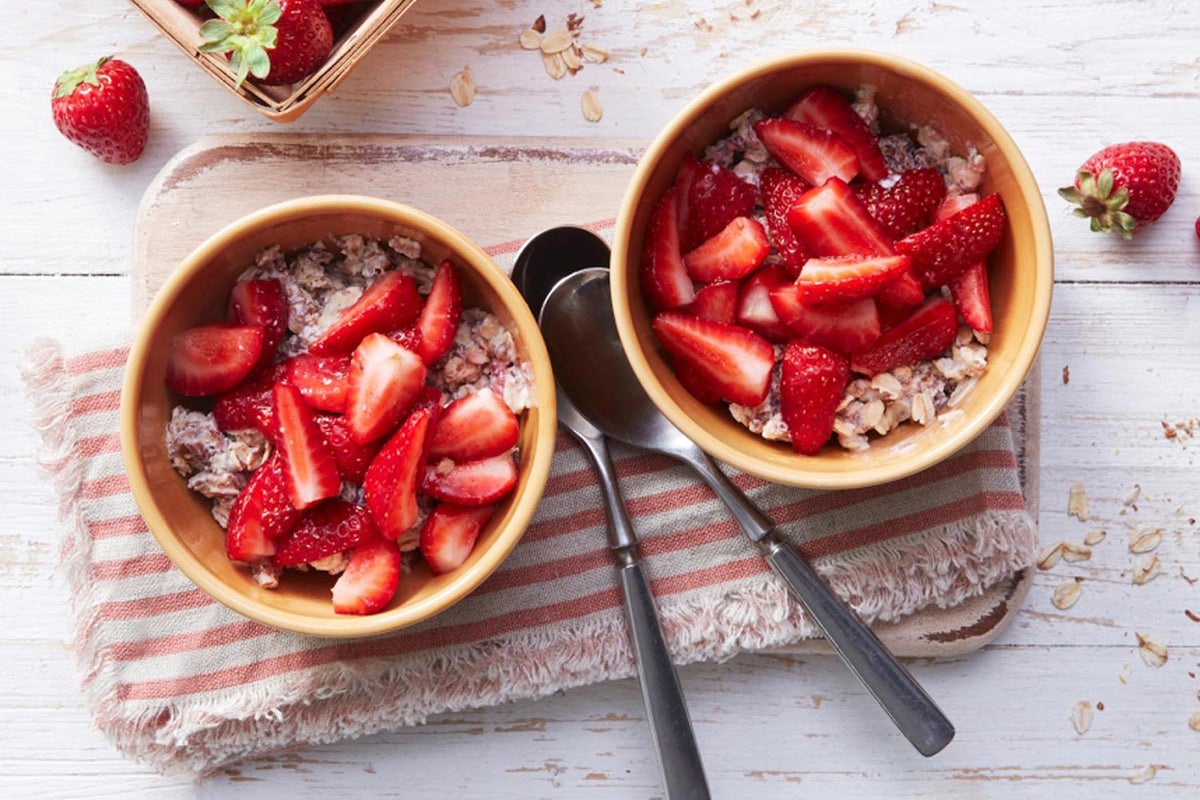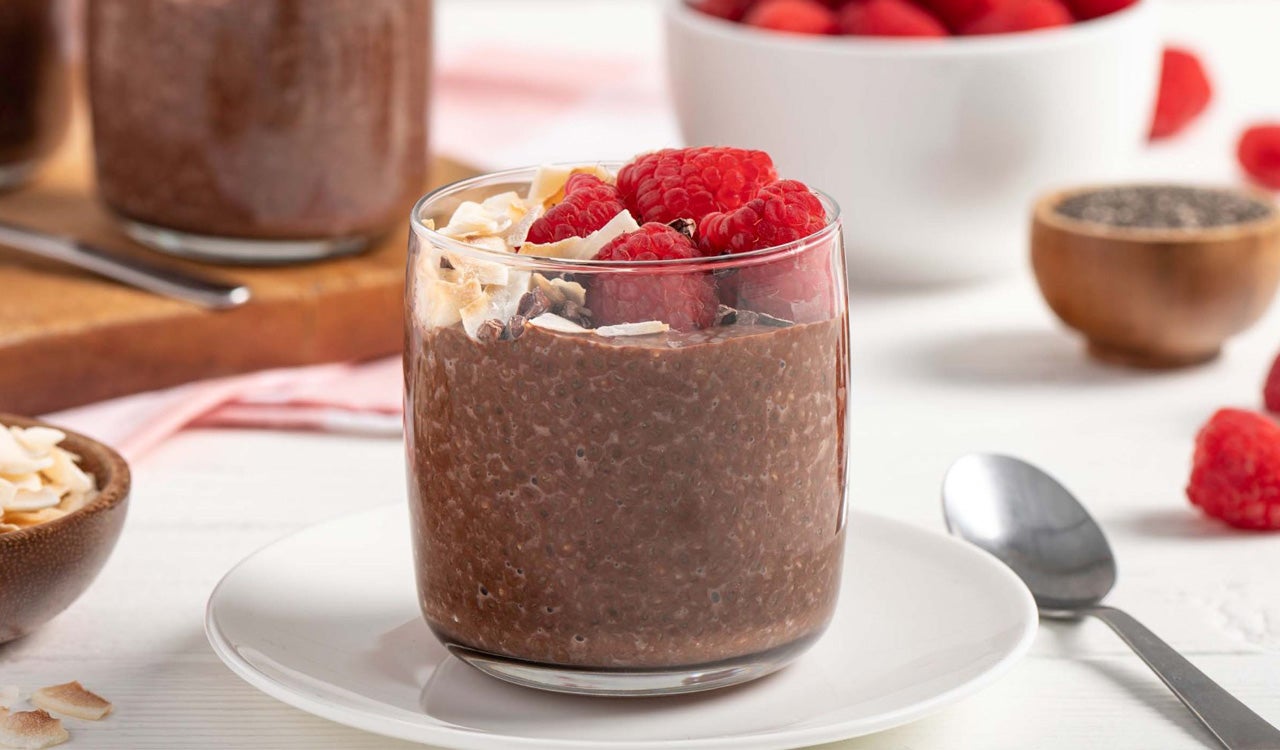Feeling Full Longer is a Win-Win for Weight Management
Try These 5 Tips to Feel Full
August 9, 2018
Have you ever eaten a large meal that was heavy on carbs but low in fiber, fat and protein? Even though you consumed a lot of calories, do you remember feeling hungry just a short while after that meal?
Achieving satiety, aka a feeling of fullness after eating, is critical for staying on track with a healthy weight management plan. If your meals or snacks leave you feeling unsatisfied or hungry shortly afterward, you will be more likely to add unnecessary calories to your diet – which can be a major reason why you have difficulty achieving or maintaining a healthier weight.
If you are able to achieve satiety with each meal or snack you eat, you can focus more on enjoying the foods, feeling full and satisfied for several hours, and avoiding overindulgence. Here are some tips to help you achieve satiety – and thereby maintain a healthy eating plan.
5 Tips to Help You Feel Full for Longer
1. Eat Some Protein with Every Meal and Snack
High-protein foods are proven to help you feel full and stay that way for longer. Choose lean meats and poultry, fish, low-fat dairy, eggs, beans, soy, and nuts.
2. Choose Fiber for Fullness
Research has shown that eating high-fiber foods helps decrease hunger and increases post-meal feelings of fullness. These foods take longer for the body to digest, which helps to keep you feeling full longer.
Fruits and vegetables are full of fiber, and also contain water. Water in foods adds weight without increasing the calories. For this reason, fruits and veggies are not only a healthy choice but they also enhance feelings of fullness, especially when they’re eaten whole. Other good sources of fiber, in addition to virtually any fruit or veggie, include air-popped popcorn, oatmeal, whole grain bread, and bran cereals.
Here’s a great fiber-rich recipe to try: Strawberry Muesli, made with Splenda Naturals.

3. Get Higher Nutritional Value from the Calories You Eat
While satiety is driven by the volume of food in your stomach, it is also affected by other things, including the body’s ability to sense the nutrient content of food in the small intestine.
4. Don’t Make Fats Forbidden
Consuming healthy fats during a meal or as part of a snack will increase your feelings of satisfaction. This is because fats digest more slowly than carbohydrate, and remain in the stomach longer, which means you will naturally feel full longer after eating a meal or snack that contains some fat. Research also shows that fat works with the hormones in our bodies to tell us to stop eating.
There are some surprisingly “healthy fats” to include in your diet, such as those found in salmon, avocado, nuts, and flax seeds. Some great snack ideas incorporating healthy fats include apple slices – with peanut butter; carrots – with hummus; and whole wheat toast with avocado slices.
5. Fill Up with Fluids
Keep in mind that sometimes when you feel hungry you may actually just be thirsty instead. It’s very common to mistake thirst for hunger. So, drink lots of fluids, but don’t drink your calories if trying to lose weight. It’s so easy to avoid extra calories in beverages – choose low and no-calorie beverages like diet soda, lemonade or iced tea sweetened with Splenda Sweeteners, or water.
Splenda Sweeteners Are an Effective Tool
A recent scientific review, published in Current Obesity Reports, summarized clinical trials in both children and adults which found that the use of low-calorie sweeteners tends to reduce consumption of sugar-containing foods. Also, the extensive review specifically found that research does not support a conclusion that low-calorie sweeteners can cause sweet cravings or an increased appetite for sweets.
Regarding low-calorie sweeteners such as Splenda Sweeteners, some people question whether consuming low-calorie sweeteners can affect their desire for sugar and sweets by “causing” them to crave sweets more or consume more calories.
Ignoring internal signals of hunger and satiety can help explain why some people think low-calorie sweeteners may make them overeat. If you are truly hungry and you eat a low-calorie snack or drink a no-calorie beverage without protein or fiber, it’s very likely that you’ll be hungry again soon after you finish. The longer you ignore the feeling of hunger, the more likely it becomes that you’ll overeat at the next meal or later in the day. This is not because of the low-calorie snack or a low-calorie sweetener – it’s because you never really satisfied your hunger.
And, of course, it helps to be calorie-conscious when using low-calorie foods and beverages as substitutes for higher-calorie ones. The classic case is someone who chooses a no-calorie beverage with their meal but then ends the meal with a high-calorie snack or dessert, thinking the calories saved and the calories consumed are somewhat in balance. Using this example, if you save 150 calories by drinking a diet soda instead of the regular version but then apply those “savings” to a candy bar later, the candy bar is probably many more calories than the regular soda would have been – so the net outcome is not what you intended.
Living a healthy lifestyle is a little easier with Splenda Sweeteners.
Photo shown is from the Chocolate Chia Seed Pudding recipe on Splenda.com.
Written by Maureen Conway, MBA, MA, RD, LDN.

